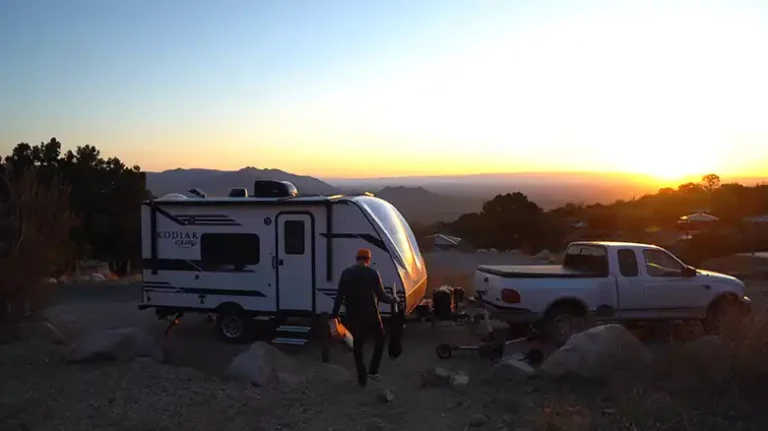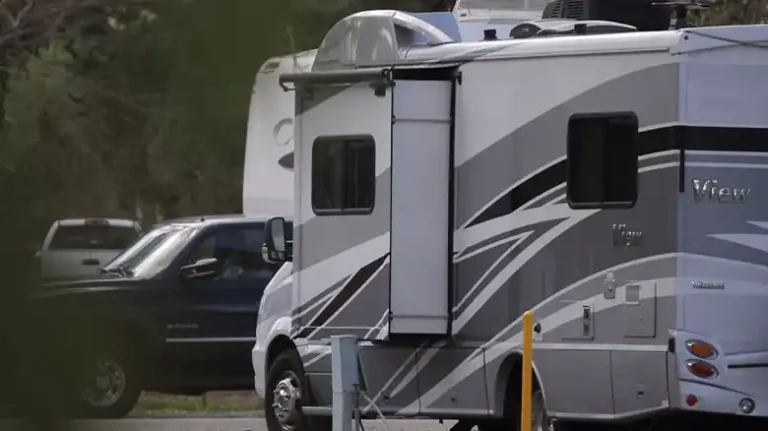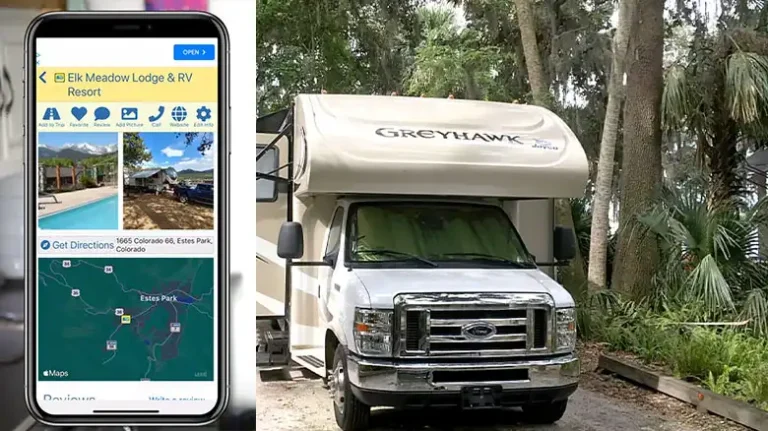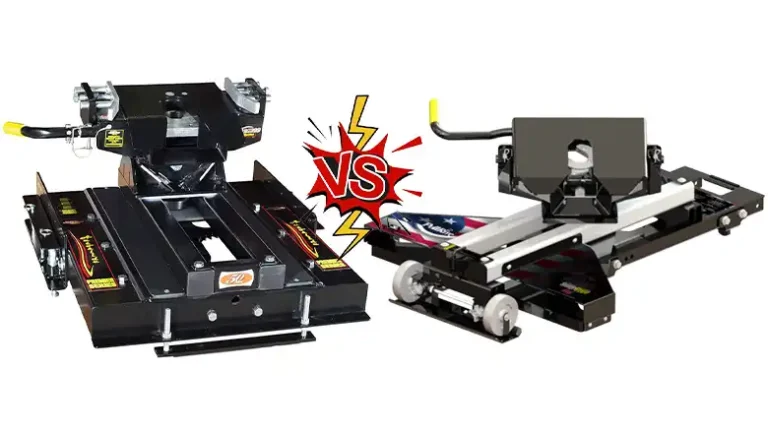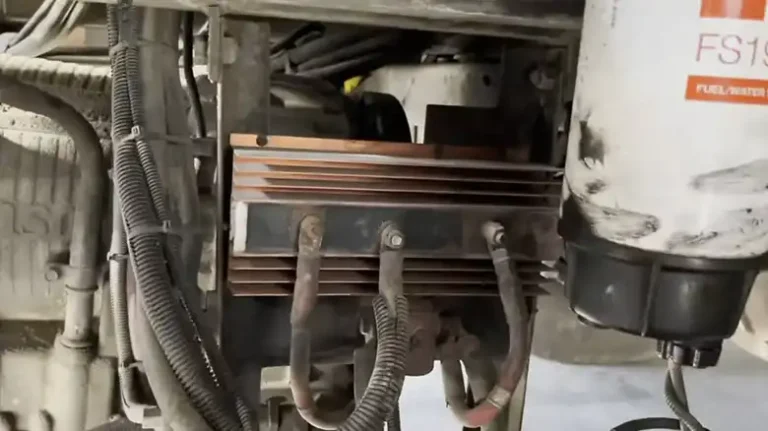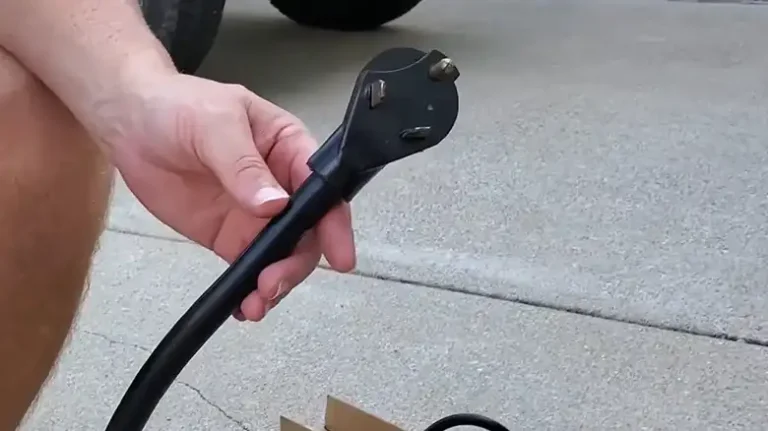Can You Plug a 30 Amp RV Into a 50 Amp Outlet? Is It Safe?
Living life on the road in an RV provides a sense of freedom and adventure. Imagine cruising down Route 66 or camping under the stars in national parks. But before engaging in your open road dreams, it’s key to understand the power requirements for operating your recreational home away from home.
RVs typically run on either 30-amp or 50-amp electrical systems, which determines the outlet needed for hookup. What if the campsite only has 50 amp service but your rig is 30 amps? No need to detour your plans. With the proper adapter and safety precautions, you can successfully plug your 30-amp RV into a 50-amp outlet.
Here, I’ll talk about the nuances between 30 and 50-amp systems, when and how to use adapters, the pros and cons of plugging 30 into 50 amps, recommended extension cords, and answers to common questions RVers have. Let’s hit the road and electrify your RV travels! Equipped with the right knowledge, you’ll keep your appliances powered up wherever the open road leads.

What Are the Key Differences Between 30 Amp and 50 Amp RV Service?
The main differences between 30 amp and 50 amp RV power service relate to the voltage and amperage provided –
- 30 amp service provides a maximum of 30 amps and 120 volts. This is sufficient for basic RV needs like lights, a water pump, a furnace blower, and some appliances.
- 50 amp service provides a maximum of 50 amps and 240 volts. This allows more high-power appliances like air conditioners, washers/dryers, and convection microwaves to be used.
Here’s a comparison table:
| Specs | 30 Amp Service | 50 Amp Service |
| Voltage | 120V | 240V |
| Max Amps | 30A | 50A |
| Plug Type | TT-30 | 14-50 |
| Breaker Size | 30A | 50A |
| Wattage | 3,600W | 12,000W |
So in summary, 50 amp service provides significantly more power capacity compared to 30 amps.
Is It Possible to Plug 30 Amp RV into a 50 Amp Power Outlet?
Yes, it is possible to plug a 30 amp RV into a 50 amp outlet safely using the proper adapter.
The 50 amp outlet has two extra hotlines compared to a 30 amp outlet. However, by using a special “dogbone” adapter, you can connect the 30 amp plug to only one of the 50 amp hotlines and the neutral, leaving the second hot unused. This effectively transforms it into a 30-amp outlet.
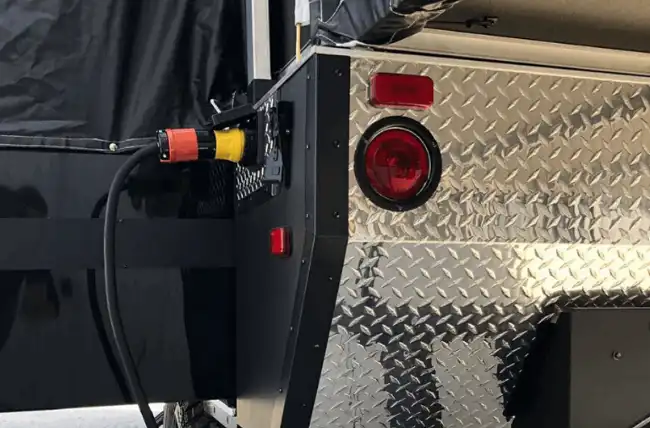
Source: rvingknowhow
It’s crucial to use the proper adapter made specifically for this purpose, such as the Camco PowerGrip Dogbone. Do not try to rig up an adapter yourself. The adapter should be UL-listed for safety.
With the right adapter, the 50 amp outlet will supply clean, stable 30 amp power to your RV without issues. Keep an eye on your amp meter to ensure you don’t exceed 30 amps.
Is It Possible to Plug 50 Amp RV into a 30 Amp Power Outlet?
No, you should never plug a 50-amp RV into a 30-amp outlet. The 50-amp RV requires 240 volts to run major appliances and will be drawing much more than 30 amps.
Plugging a 50 amp RV into a 30 amp outlet could overload the circuit, blow the breaker, and damage electrical components in both the RV and power pedestal.
At best, only smaller 120-volt appliances may work, but larger 240-volt appliances would not. This could also cause harmful voltage drops.
The only safe way to power a 50 amp RV is using a 50 amp outlet or disconnecting heavy loads to temporarily run on 30 amps. Most parks can accommodate 30 to 50 amps but you need the proper outlet.
Is It Possible to Plug 30 Amp RV into a Dryer Outlet?
Most household dryers use a 30 amp, 120-volt outlet. This makes it theoretically possible to plug a 30 amp RV into a dryer outlet using an adapter. However, it’s not recommended for several reasons, like –
a) Dryer circuits aren’t designed to supply sustained power like an RV may need. You risk tripping the home’s main breaker.
b) Adapters may not make a perfect connection and can heat up. Electrical fires are a risk.
c) You need to access the actual outlet behind the dryer which is inconvenient.
d) Homeowner’s insurance may not cover any accidents using the dryer outlet this way.
For occasional brief needs, the dryer outlet may work in a pinch after taking proper precautions. But it’s better to have your RV serviced using a dedicated 30-amp RV pedestal. Check with local RV parks for hookups.
Pros and Cons of Plugging a 30 Amp RV Into a 50 Amp Outlet
Plugging into a higher power outlet may seem like an easy solution, but there are tradeoffs to consider. Let’s briefly explore some potential benefits and drawbacks of using a 50 amp outlet to power a 30 amp recreational vehicle. Getting the full picture will help ensure safe, efficient electrical connections on your journeys.
Pros
- Allows you to power a 30 amp RV even if only a 50 amp outlet is available. Makes finding a site easier.
- Adapters are inexpensive. Dogbone adapters start around $25.
- 50 amp service can provide cleaner and more stable power compared to crowded 30 amp posts.
- You have the convenience of using any open 50 amp outlets.
- There’s no risk of overload since you are only drawing a maximum of 30 amps.
Cons
- If you actually have a 50-amp RV, you are limited to 30 amps and can’t run all appliances.
- Possible to overload if you mistakenly draw more than 30 amps. Risk of tripping breakers.
- Adapters can fail or heat up if poor quality or wired incorrectly.
- Having to monitor the amp meter closely to avoid overloads.
- Fewer sites offer 50 amps compared to 30 amps, so an adapter may be needed often.
What Adapter Will Be Best in This Case and Why?
The best and safest adapter to use when plugging a 30 amp RV into a 50 amp outlet is the Camco PowerGrip Dogbone #3047.
This adapter has a standard 30 amp TT-30P male end to connect to the RV power cord. It has a 50 amp 14-50P male end to plug into the 50 amp outlet. In between is a section that combines the single 120V hot line and neutral into one leg of the 50 amp outlet while leaving the second hot unused.
The PowerGrip Dogbone is made in accordance with the National Electrical Code and UL safety standards specifically for this purpose. It’s constructed from heavy-duty wiring and components to handle the load without any safety risk or overheating. The ends are molded for a secure, weatherproof connection.
Using this quality adapter is crucial versus trying to make your own jury-rigged version. The Camco #3047 provides the safest way to connect 30-amp RVs to 50-amp outlets.
What’s the Required RV Extension Cord Gauge and Length?
If you need an extension cord to reach the outlet, choose at least a 10 gauge cord for 30 amp RVs and a maximum of 25 feet in length. Going with a thicker 6 gauge cord is even better to allow a longer run up to 50 feet.
For 50 amp RVs, use at least a 6 gauge cord no longer than 25 feet. Again, a thicker cord will let you extend the reach.
The key considerations for extension cords are –
Wire gauge (thickness) – A thicker wire has less voltage drop and heating.
Length – Increased length also increases voltage drop so keep it as short as possible.
Quality connections – Solid closed-end connections prevent heat buildup.
NEMA rating – Match the plugs to your RV power cord and outlet.
Using appropriately rated cords with short runs will provide safe and efficient power transfer to your RV. Check the cord specs and have it inspected periodically.
People Also Ask
Can I leave my RV plugged into a 50 amp outlet long term?
This depends on the specific location. Some RV parks will allow or even expect long-term connections while others have policies limiting duration. Check with the property owners first before leaving your RV hooked up indefinitely. Monitor temperatures and wiring conditions when plugged in long term even if permitted.
What amperage does my RV air conditioner use?
RV A/C units typically use around 13 to 15 amps for a standard 13,500 BTU roof unit on a 30 amp system. On a 50 amp RV, two 15K BTU A/Cs may total around 30 amps together. Check your appliance specs to be sure. Match your electrical setup to your A/C power needs.
Can I run a 50 amp RV air conditioner on 30 amp service?
Larger 15K BTU A/Cs found on many 50 amp RVs may draw over 15 amps alone. This can overload a 30 amp system, trip breakers, and damage appliances. It’s not recommended. Stick to using smaller A/Cs (under 13.5K BTU) or adding a second unit on 30 amp power.
End Note
Plugging a 30 amp RV into a 50 amp outlet is possible with the right adapter. The Camco PowerGrip Dogbone #3047 is the recommended choice. This allows RVers flexibility in finding sites with the proper power service. However, take care not to overload the electrical system. When in doubt, consult with a qualified electrician about the best practices for powering your RV safely. Following basic guidelines for amperage, voltage, adapter selection, and extension cords will allow you to plug into 50 amp outlets successfully. With the right preparation, you can keep your appliances running and continue enjoying your travels wherever the road takes you.

